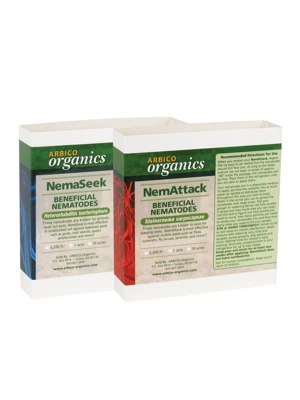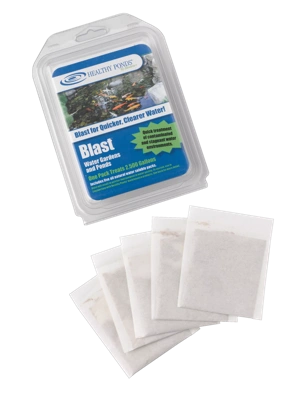Corn Earworm

The caterpillars have alternating light and dark stripes that may be green, pink or brown. The adult is a tan moth that migrates north in spring and lays yellow eggs on leaf undersides.
This pest is also known by the name of tomato fruitworm, and can damage other garden crops, including tomatoes, beans, peas, peppers, potatoes and squash. As many as four generations occur per year. Earworms are common in gardens throughout North America.
Prevention and Control
- Plant corn varieties that have tight husks, such as Country Gentlemen, or those that mature early, before the earworm arrives, such as Seneca Horizon.
- Encourage native parasitic wasps and predatory bugs that prey on earworms.
- Once corn silks wilt and begin to turn brown, use a medicine dropper to squirt a small amount of vegetable oil into the tip of each ear of corn. Do not do this before the silks begin to brown as it may interfere with pollination.
- Turn garden soil in fall to expose and kill pupae that would otherwise overwinter.
Last updated: 03/18/2024
Print this Article:
Related items
Get the Dirt
Stay up to date on new articles and advice. Please fill out the information below.







